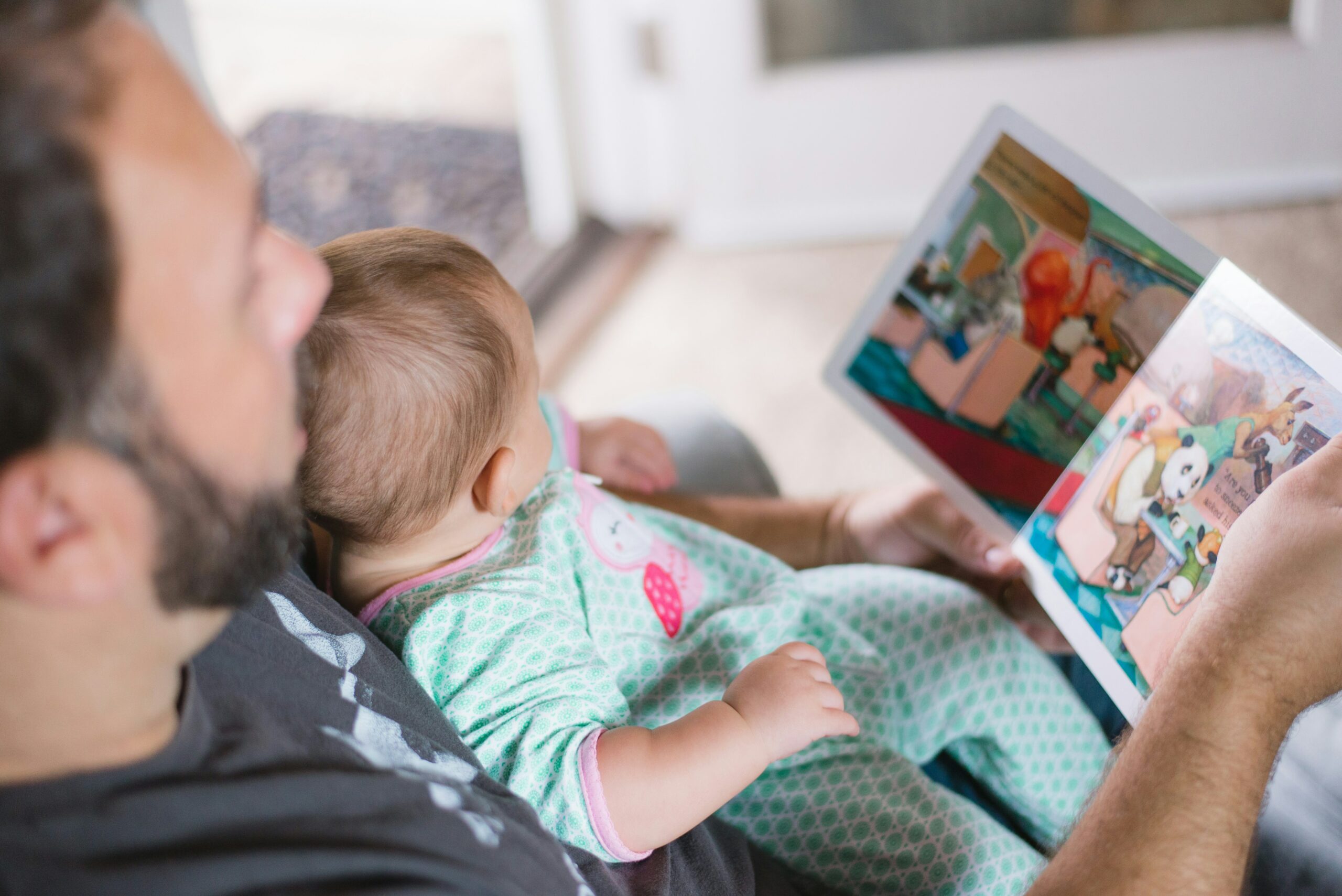20 Nov 2022
What is Autism masking or camouflaging?
When you wear a mask, you hide your face or disguise parts of the person you are – and you take on the persona of the mask you’re wearing.
When children wear a lion mask they roar – even if their usual personality is a shy one.
It is because when you are wearing a mask things can be easier….and it can also help you to fit in with others around you.
Autism masking, also known as Autism camouflaging, follows the same lines…..
So what is autism masking?
Autism masking is a term used when children with ASD learn, practice and perform certain behaviours and suppress others to fit in with the people around them.
It’s a common situation in schools to not spot the signs of a child masking autism, meaning teachers don’t see anything that would lead them to believe the child has ASD. When they’re at home, the child drops the mask and parents and carers notice behaviours not seen at school…
An Example of autism masking
We spoke to one of our parents, whose child mastered the art of masking very young – making it very difficult to diagnose autism…
How do you know if your child is masking autism?
At first, I didn’t know, in fact, I was so pleased because he got on so well with others – every child he went to play with they had a great time and there was never any arguments because he adapted to each situation….if the child was studious they wrote quizzes together and watched Horrible Histories, if the child he was with liked Nerf guns he would play Nerf gun wars for hours, if another liked to draw he would do that. He was the perfect friend.
But soon I came to realise that none of those things were actually what he enjoyed and I tried to encourage him to stand up for himself, to suggest the games he wanted to play, to not do what he didn’t enjoy doing. His difficulty in doing that shot up a flag for me.
Were teachers at school concerned?
No, he was the perfect student. He did everything the teachers asked, everything they wanted him to do, and he struggled to understand why any child would disobey a teacher’s instructions. But he started to become very anxious at home and I raised it with them on a number of occasions – they took my concerns on board and began to investigate them, working with me to find out if there was something wrong.
Why do you think children ‘mask’ or ‘camouflage’ autism?
He knew he was different, he has told me since his diagnosis that he couldn’t understand why everyone else liked things that he didn’t, and why everyone else found things easy that he found hard (like telling jokes and understanding sarcasm). He thought adapting was the right thing to do, everyone else was like that so he felt he should be too, and it worked because he has great friends and he was a perfect student.
So is masking a good tool for children with autism?
No. As a parent I first thought it was a good thing – he would fit in with others and no-one would know he was different and that would make his life easier. But it took too much effort for him to do it all the time and it made him anxious – and angry – at home. He wasn’t happy.
When I realised a lot of the things he did were just to please me, and not because he actually enjoyed them, it broke my heart. Every child should be able to be happy with who they are, in their own skin.
Did an autism diagnosis help him to be happy?
Yes. Knowing that he is different means that he doesn’t feel like he always has to be the way everyone else is. He still masks on occasion – but not so much that it takes all his efforts every day. If he doesn’t understand something that everyone else does he shrugs it off, puts it down to autism, and asks me for an explanation when he gets home.
It is always going to be difficult for him, but he is happy with who he is – that’s priceless!
We wanted to tell you about masking because it is not usually one of the signs of autism that comes at the top of the list – but it can be the only sign of autism if a child is really good at it.
As with this family, if you feel that something may be wrong, if something ‘shoots up a flag’ for you, do talk to your child, your partner and your child’s school about it – it may be an important step for you to take.
Masking gives a ‘surface level’ ability, but it does not create ‘normal’ social skills. There will still be inflexibility and a lack of generalisation in the way a child interacts, and a good quality assessment by experienced clinicians will be able to pick this up.
Related posts

5 Mar, 2024
Why can’t I focus?

24 Feb, 2024
How hyper is normal? ADHD vs High Energy

5 Feb, 2024
Eye contact in adults with autism

11 Jan, 2024